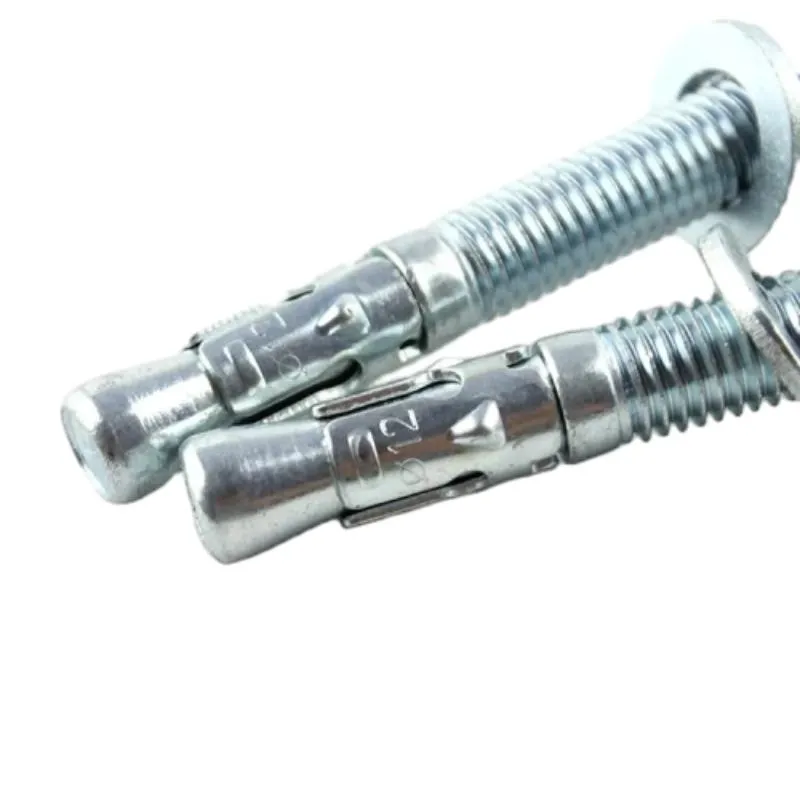Dec . 10, 2024 05:20 Back to list
Guidelines for Choosing Stainless Steel Bolt Sizes for Various Applications
Understanding Stainless Steel Bolt Sizes
Stainless steel bolts are essential components in various industries due to their strength, durability, and resistance to corrosion. They are commonly used in construction, automotive, and manufacturing applications. Understanding the sizing of stainless steel bolts is crucial for selecting the right bolt for your project. This article will explore the standard sizes, dimensions, and factors to consider when working with stainless steel bolts.
Dimensions and Sizing Standards
Stainless steel bolts are available in a variety of sizes, typically measured by their diameter, thread pitch, and length. In the United States, the sizing of bolts generally follows the Unified National Thread Standard (UNTS), which defines the major diameter in inches and threads per inch. For instance, a bolt size might be referred to as 3/8-16, meaning it has a 3/8-inch major diameter and 16 threads per inch.
On the other hand, the metric system is commonly used in many other parts of the world, categorizing sizes in millimeters. A typical metric bolt might be labeled M10 x 1.5, where 'M' indicates it's a metric bolt, '10' refers to the diameter (10 mm), and '1.5' indicates the thread pitch (the distance between threads in millimeters).
Common Bolt Sizes
Stainless steel bolts come in various common sizes. In the imperial system, common sizes include 1/4, 5/16, 3/8, 1/2, 5/8, and 3/4, with varying lengths that can range from a few inches to several feet. In the metric system, common sizes include M6, M8, M10, M12, M16, and M20, aptly used for numerous applications where size precision is paramount.
Length Measurements
stainless steel bolt sizes

The length of the bolt is measured from the underside of the head to the end of the shank. It is essential to consider the length when selecting a bolt for your application, as an improper length could lead to inadequate fastening or structural failures. Generally, a bolt should be long enough to ensure full engagement of the threads when fastening but not excessively long, which may lead to unnecessary weight and could interfere with surrounding components.
Coating and Grades
Apart from size, the material and grade of the stainless steel bolt also play a crucial role in its performance. Stainless steel bolts come in various grades such as A2 (304 stainless steel) and A4 (316 stainless steel), each offering different levels of corrosion resistance and strength. Choosing the right grade is essential for the application's environment, particularly if the bolts will be exposed to harsh conditions or corrosive substances.
Factors to Consider
When choosing the right stainless steel bolt size, consider several factors
1. Load Requirements Determine the amount of load the bolt will bear; heavier loads require stronger and potentially larger bolts. 2. Environmental Conditions Assess the surroundings where the bolt will be used. Coastal areas or those exposed to chemicals might necessitate higher-grade stainless steel. 3. Installation Space Ensure there’s sufficient space for the bolt and that it fits within surrounding structural designs.
Conclusion
Understanding stainless steel bolt sizes is paramount for ensuring the integrity and durability of your projects. By familiarizing yourself with the dimensions, common sizes, lengths, and grading systems of stainless steel bolts, you will be better equipped to choose the appropriate fittings for your specific needs. Always consider the load requirements, environmental conditions, and installation constraints to ensure the best performance and safety in your applications.


